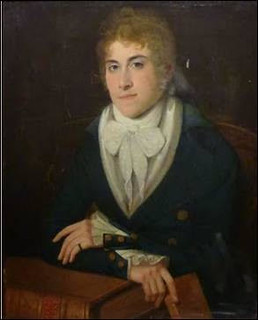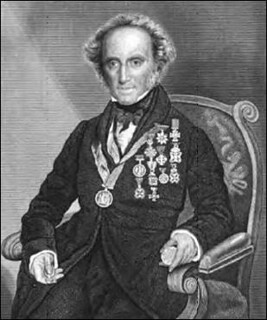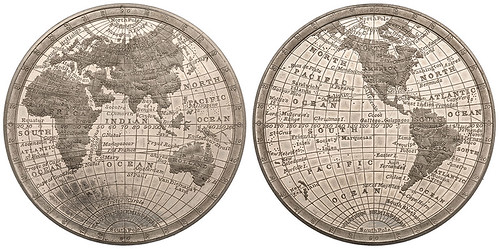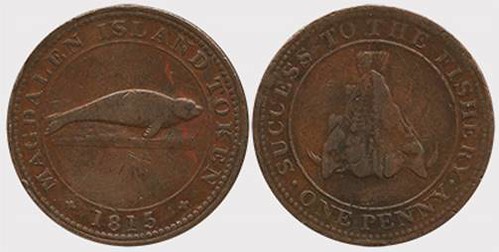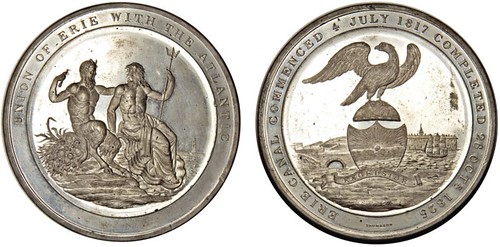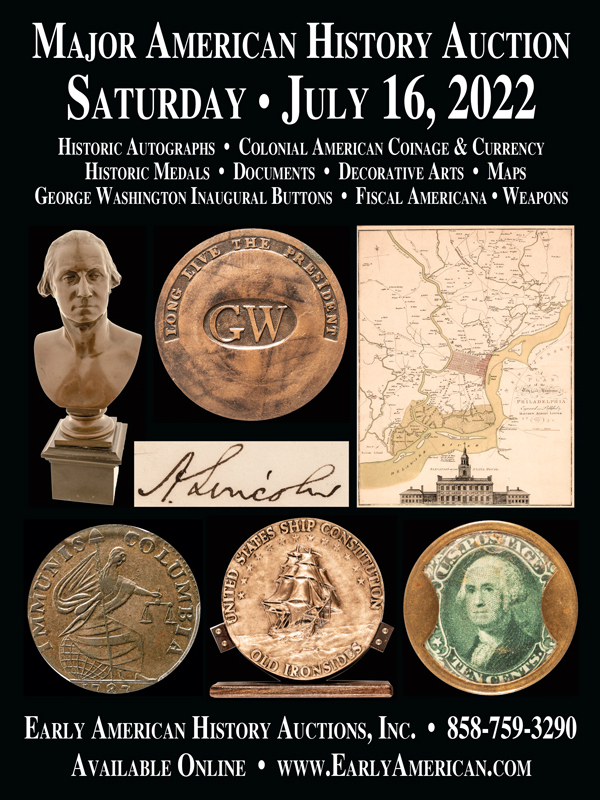
PREV ARTICLE
NEXT ARTICLE
FULL ISSUE
PREV FULL ISSUE
V25 2022 INDEX E-SYLUM ARCHIVE MORE ON THOMASON'S SCIENTIFIC MEDALSJudy Blackman writes: "I thought you might like a little more info on the Scientific Medals, so I've attached the following article which was in the Nashua Coin Club newsletter last year." Thank you. Here's an excerpt. -Editor Edward was born around 1769 in Birmingham, England. His father Edward Thomason Senior (1740-1793) was a manufacturer of buckles for over forty years, and his mother was Mary Garlick. During this period, shoe-buckles were worn by all classes of society, and Senior Thomason's manufactory produced as many as a thousand pairs of buckles daily. Edward Junior began manufacturing in his father's factory around 1793, establishing a trade in gilt and plated buttons. The business expanded to manufacture medals, snuff boxes, watch cases, vases, sculptures, tokens and coins, and later plated gold and silver works. Later, at age 66, in 1835, Junior sold the business to Whitegrave and Collis. At the age of sixteen Thomason was articled in the foundry to the famed Matthew Boulton of Soho. He was a student-in-residence of Boulton's from ages 16-21. As his own memoirs confirm, the extent of Boutlon's manufactory and the diversified machinery used for the furtherance of the manufacture of the numerous and varied articles made on his premises, excelled all others of a like description in Europe. This scientific school produced in Thomason a versatility of taste for mechanism, and a turn for art and science. On the other hand, it seems to have given him an ambitious feeling, far beyond the means he possessed on coming of age to indulge in. When 21 years of age, he began to manufacture on his own account; first establishing the trade of gilt and silver buttons, of the finest class; he then added to it the trade of gilt and gold jewellery; to those was annexed a department for the making of medals, tokens, wine coolers, soup tureens, serving trays, candlelabras, salt cellars, horseshoes, shields, and coins, of gold, silver bronze etc., as well as works in bronze, and fine cut glass, etc. Lastly, he subjoined a manufactory for silver and gold plate, and silver-mounted plated wares of the highest class of workmanship. These trades occupied sixty or seventy rooms, including several devoted to exhibition. His list of registered patents under his name for his many inventions and manufacturing processes is far too long to include here. Edward Junior was a diligent inventor. For example, in 1839 he improved the gun lock by making the cock detachable by the thumb and finger as well as making improvements to prevent misfires. He's very well known for his corkscrew invention. But the line of business in which Thomason was specially engaged for forty years, was confined to the highest class in the metallic arts. In 1830 he completed the laborious work of sixty large medals on the Bible (a commemorative replica set was later issued by the Franklin Mint, which I added to my Thomason collection); in which the most prominent events in Sacred History are concisely told. The origin of these medals arose from the visit to Birmingham of a gentleman connected with the Austrian Court, and who hitherto had never heard of Birmingham. Thomason was forcibly struck with this circumstance, and determined to endeavour to make the town known to all Monarchs and Courts in the civilized world; - hence the manufacture of these medals at a great cost, which were forwarded to all the Sovereigns of Europe. The language used here, is the language Thomason used in his memoirs describing his life. In 1844, Edward Junior retired from business and moved to Ludlow, then Bath, then Warwick where he focused on trying to complete his memoirs. [Sir Edward Thomason's Memoirs during Half a Century was published in 1845 by Longman, Brown, Green, and Longmans, London, although unfinished due to Thomason's failing health, so the later years were assisted by many others. These memoirs illustrate his manufactured products and inventions, along with his high quality metallic art medals.] From a Canadian history perspective, we have a coin originating from Thomason's factory. After the American revolution the Magdalen Islands were granted to Sir Isaac Coffin, who only once visited his American possessions; this was in 1815. Before starting he ordered a large number of these coins and a coining press from Sir Edward Thomason, of Birmingham. These he brought to the Islands and distributed the coins by way of loans among the chief men in the Islands. It was his purpose to set up a mint and coin half-pennies as well, but no other coin than the above was ever issued. This one was in the Heritage Auctions catalogue #1100 in 2008. Another American medal sourced from Thomason's, is the 1826 Erie Canal Completion Medal in White Medal, 81mm, 185.1gm (similar but not identical to design HK-1, but much larger). Obverse: Pan with cornucopia and Neptune with trident in center, lighthouse and sea, legend around UNION OF ERIE WITH THE ATLANTIC, and reverse New York state coat of arms, section of canal, sailing ship and view of city in distance, EXCELSIOR on scroll, legend around ERIE CANAL COMMENCED 4 JULY 1817 26 OCTBr. 1825., microscopic THOMASON at lower rim. I wasn't aware of Thomason's connection to the Magdalen Islands token and Erie Canal Completion Medal. -Editor
To read the earlier E-Sylum article, see:
Wayne Homren, Editor The Numismatic Bibliomania Society is a non-profit organization promoting numismatic literature. See our web site at coinbooks.org. To submit items for publication in The E-Sylum, write to the Editor at this address: whomren@gmail.com To subscribe go to: https://my.binhost.com/lists/listinfo/esylum All Rights Reserved. NBS Home Page Contact the NBS webmaster 
|
